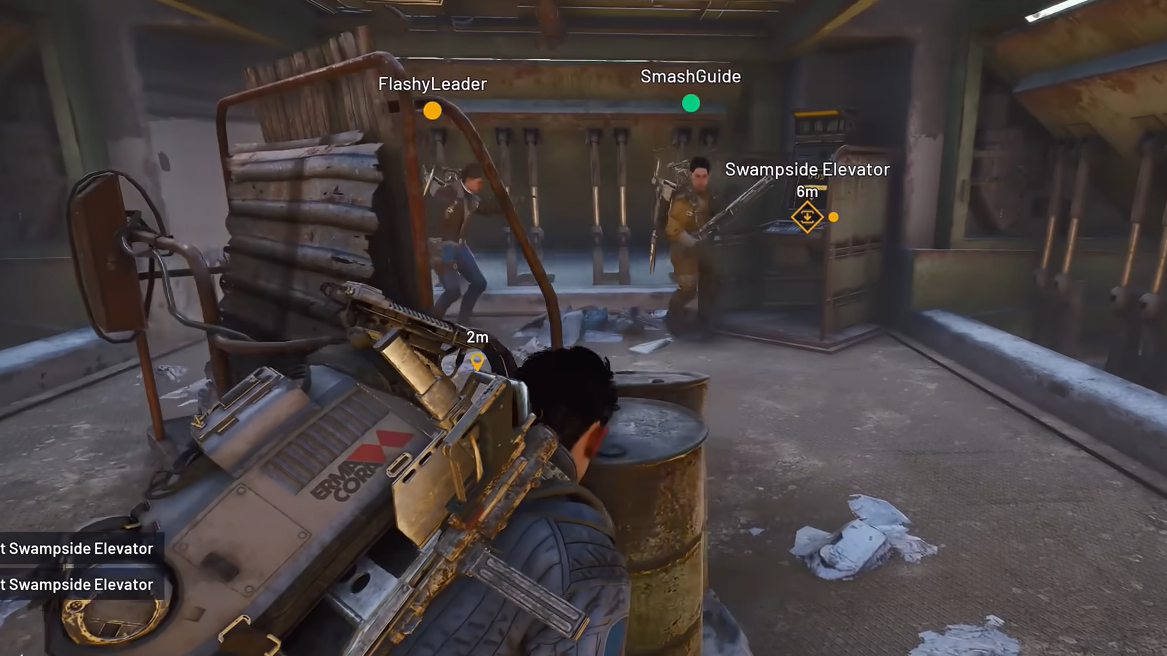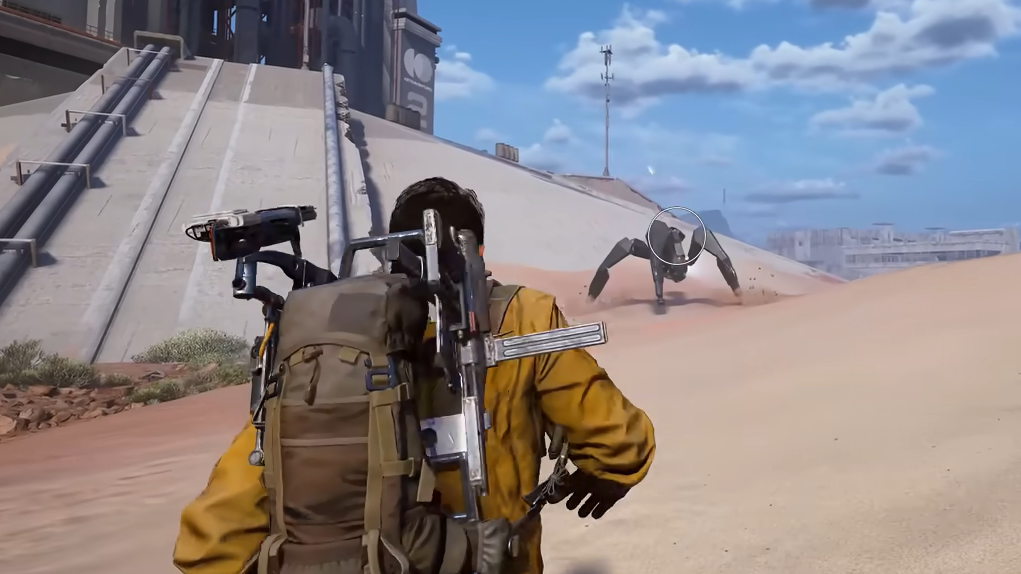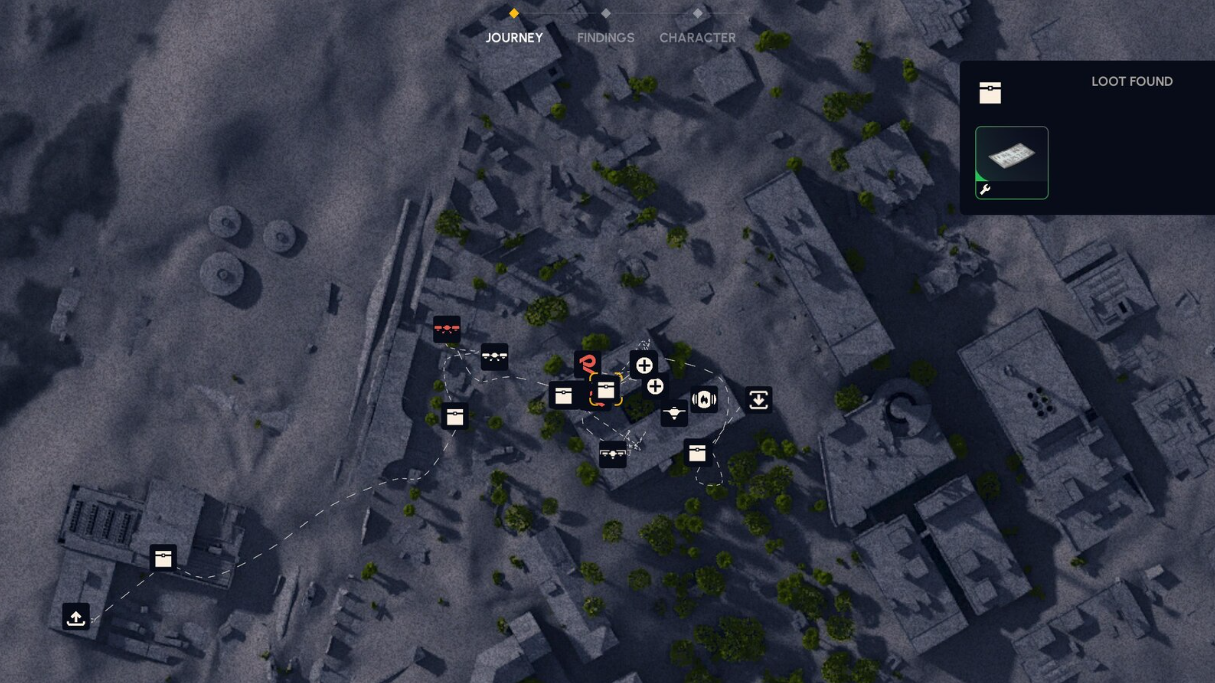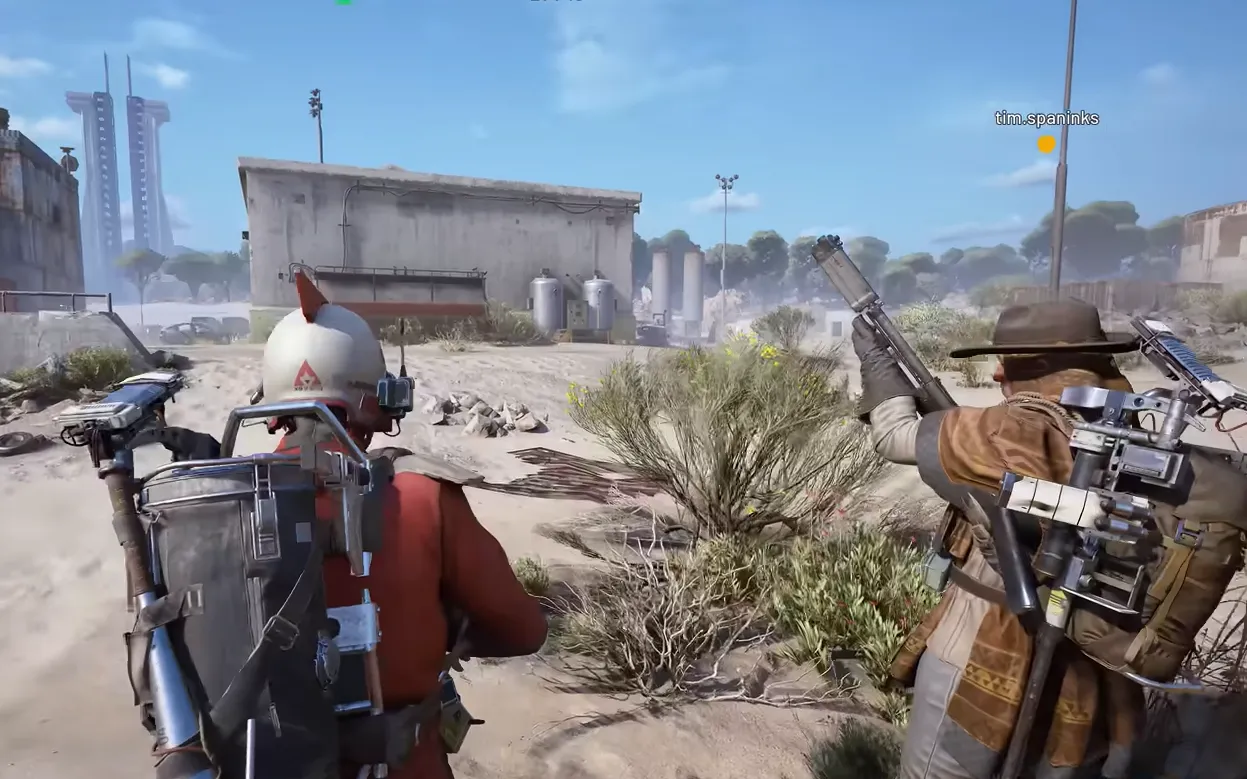Squads in ARC Raiders are capped at three players. You can queue solo, as a duo, or as a full trio. There is no four‑stack option. Matchmaking is designed to keep compositions fair, favoring squads against squads and solos against solos, so you’re less likely to be funneled into constant 3‑on‑1 fights just because you queued alone.
Key limits and how they affect encounters
| Parameter | What to expect |
|---|---|
| Squad size | Up to 3 (solo, duo, trio are supported) |
| Matchmaking | Priority lanes for squads vs. squads and solos vs. solos |
| Raid length | About 30 minutes on the surface (“topside”) |
| Extraction | Elevator/evac points and metro stations; optional key‑locked hatches |
| Published player cap | No fixed number presented in the UI; encounter counts vary by match |
Even without a posted headcount, raids rarely feel empty. Objectives, loot routes, and extraction paths pull players into the same spaces, which naturally creates spikes in action.

How many players are in a raid?
ARC Raiders doesn’t present a hard, per‑instance player number in the UI. Instead, the population you actually meet depends on how matchmaking fills your lobby (more solos in solo queues, more teams in squad queues), which map you load into, and how players rotate toward loot and exits as the clock winds down. The result is a wide range of experiences: quiet openings that erupt around extraction lifts, or immediate multi‑team brawls at high‑value points of interest.
- Hotspots form at named POIs with better loot or mission objectives.
- Extraction zones, tunnels, and buildings near evac points grow busy late in the raid.
- Loud firefights with ARC units act like beacons, drawing other players from nearby sectors.
Solo vs. duo vs. trio: what changes
Queueing solo generally keeps you among other solos, making third‑party threats your biggest risk rather than nonstop 3‑on‑1 engagements. Queueing as a duo or trio increases the likelihood of colliding with other multi‑person teams, which raises the ceiling on how chaotic a single building or lane can get. That split explains why two raids on the same map can feel completely different.

Maps, pacing, and why trios matter
Raids play out across large slices of the Rust Belt, including Dam Battlegrounds, Buried City, The Spaceport, and Blue Gate. Terrain variety—open fields, tight urban blocks, industrial yards, mountain passes, and underground networks—creates multiple viable paths and staging areas. With about 30 minutes of topside time, teams naturally drift toward loot‑dense interiors early, then collapse onto extraction routes late.
Extraction itself is a design lever. Elevators and metro stations are predictable choke points; key‑locked hatches offer a safer, preparation‑heavy exit. Trios have the bodies to secure these spaces; solos and duos succeed by timing, patience, and third‑party awareness.

Quick answers to common squad questions
- Is trio the maximum squad size? Yes—three is the cap. There’s no mode with four‑player teams.
- Can you queue as a duo? Yes. You can enter as one, two, or three players.
- Will matchmaking throw solos at trios? The system prioritizes solos vs. solos and squads vs. squads to reduce lopsided matchups.
- Does the game tell you how many players are in your instance? No. There’s no fixed number shown; expect variable density.
What this means for how you play
Treat every raid as variable‑population space where composition and clock dictate tempo. If you’re solo, avoid telegraphing your route and plan exits early. If you’re a trio, assume other teams are setting up on the same choke points and push with utility instead of taking even trades. Regardless of size, budget time for extraction; it’s the one place everyone must touch, and where trios can leverage numbers—or where a patient solo can slip through the cracks.


